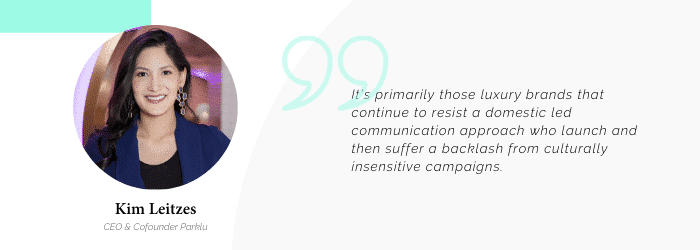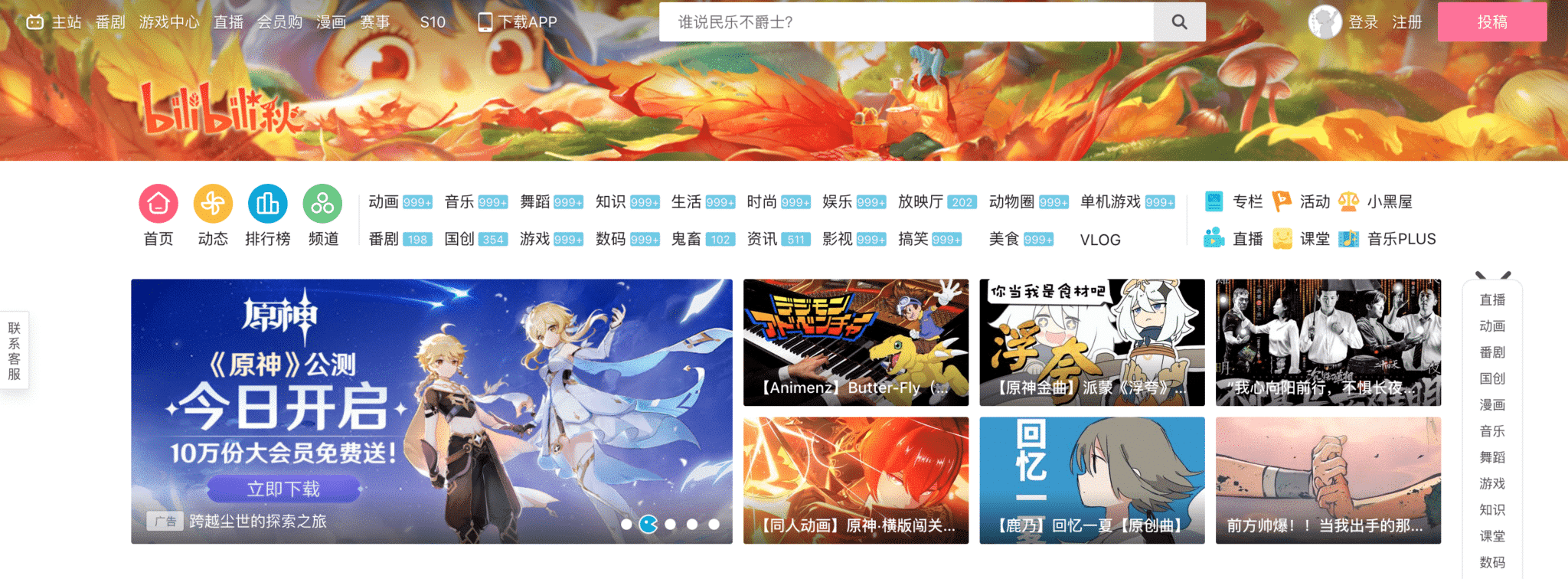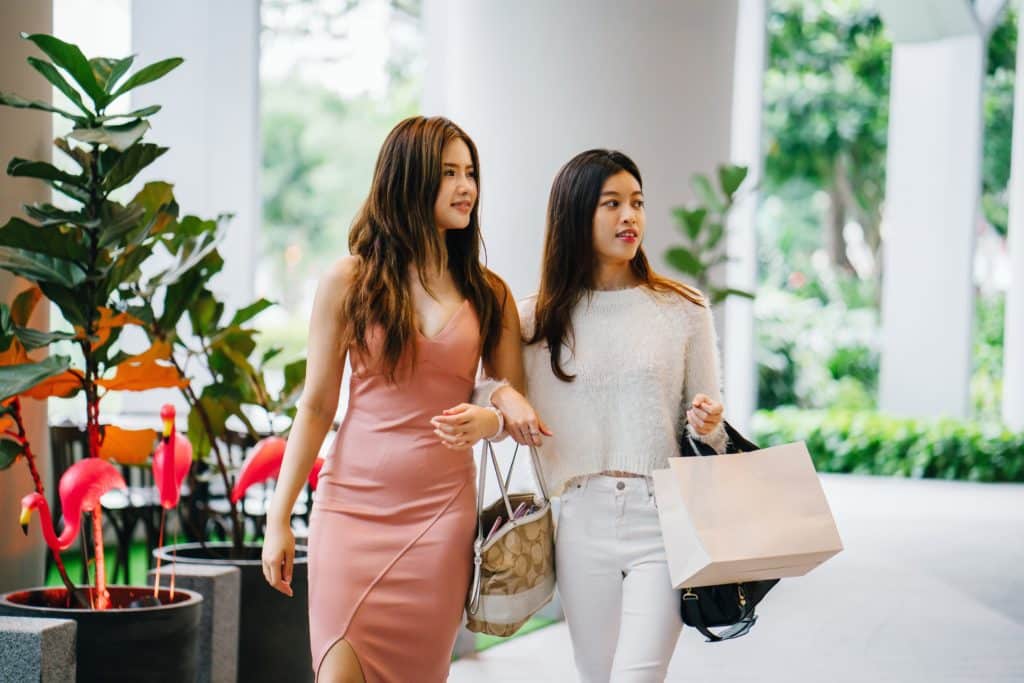The market in Asia has continued to become a growing target for fashion, luxury, and beauty brands, as the opportunities seem lucrative and endless for companies wishing to capture more global spending. However, to achieve success, brands have to recognize that the same marketing formula they have applied to capture audiences in the west, can't just be replicated - it has to be updated. Although brands have to effectively think differently in order to engage consumers in Asia, if they pay attention to what currently makes consumers tick, they will be able to take advantage of the plethora of opportunities.
We spoke with Kim Leitzes, CEO and founder of PARKLU, a marketplace connecting consumer brands with Chinese KOLs to understand her thoughts on how to uncover success in Asia:
It is expected that Chinese local spending will account for up to 28% of global luxury consumption by 2025, up from 11% in 2019 - what has accounted for this rapid growth?
The Chinese government has made tremendous efforts to stimulate domestic consumption by evolving policies. The policies that have had the most significant impact on luxury consumption are reducing import duties and placing stricter controls on daigou (shoppers who purchase goods overseas to sell in China, avoiding import taxes). Luxury brands have also narrowed the gaps between domestic and overseas pricing. In addition, luxury brands have been increasingly investing more considerable sums in marketing to Chinese customers.
How should brands shift their messaging in order to see success on social media platforms that are more popular in Asian markets, such as WeChat or Weibo?
The greatest challenge for most luxury brands in China is understanding the social e-commerce ecosystems and vastly different cultural norms. These dynamics have forced many luxury brands to become reliant on local teams to make domestic communication decisions. It’s primarily those luxury brands that continue to resist a domestic led communication approach who launch and then suffer a backlash from culturally insensitive campaigns.

How are KOLs seeing success in their brand partnerships in Asia - what are the most popular platforms or forms of messaging?
Weibo is the dominant platform for luxury brands' KOL campaigns. Weibo provides greater content flexibility, has a celebrity gossip focus, and provides the ability to direct traffic to popular e-commerce channels used by luxury brands. Douyin (domestic version of TikTok) is the fastest growing platform among the next generation of luxury-focused KOLs. Luxury brands are also adopting Douyin as a communication channel with Dior, LV, and Gucci leading the pack. The up and coming platform in the luxury space is Bilibili. Bilibili is a longer-form video platform with a niche appeal to Gen-Z and is only utilized by the more experimental luxury brands like Dior and LV.

Fast growing platform, Bilibili
So, what opportunities are there for brands?
Weibo alone has 500 million registered users, and the power of social media is huge when pushing purchasing decisions. One such format which has proven to cause products to sell out in seconds is live streaming.
Live commerce
Brands like Burberry and Lous Vuitton, have already made a marked effort to run live streaming sessions in partnership with Chinese KOLs in order to introduce, and effectively sell products. These sessions are amongst some of the most successful sellers in Asia, with influencer Amanda Xie and two other "key online influencers" selling 300 $3,500 Tiffany necklaces in a broadcast viewed by more than 5,000 people. Live commerce often outperforms that of traditional brick-and-mortar storefronts in China, with another KOL, Jo Sun selling an average of 70-80 items worth over Rmb1M in three hours - compared to a top-performing luxury store which amasses around Rmb500K to Rmb7ooK in sales per day.
Solid social platforms
It's been proven that social media can be transitional. TikTok recently appeared on the scene in the West and captured millions of consumers in a mere matter of seconds, yet platforms like Vine and even Facebook's traditional feed seem to have already hit their peak. In China, users are staunchly dedicated to the all-in-one social media platforms that exist within the market.
According to a survey of more than 1.2 million users who participated, 95% of Chinese iPhone users will abandon Apple iPhone and use other brands of smartphones if WeChat is not supported. This suggests a strong commitment and reliance on the platform which continues to grow and is likely to be a safe bet for fashion, luxury, or beauty brands that are planning to invest.
All-in-one experiences
One major difference in fashion, luxury, and beauty in the market in Asia as compared to the west is the ease of social media platforms for containing everything that users may or may not need. For example, WeChat works not only as social messaging software, but also as an e-commerce shop, a secure payment provider, and an influencer marketing hub. This means that users are retained within the software for a much longer period of time, and can also carry out their entire purchasing journey within one app. Whilst Instagram is slowly shifting towards becoming the western all-in-one social counterpart, many platforms in China have already pulled this off and provide their users with a start to finish shopping experience that brands can take advantage of.
Whilst the opportunities are clear for brands in expanding their global reach, there is still confusion around the best ways to do so, as highlighted by Leitzes. Brands need to pay attention to the cultural nuances of different markets, not only seeing individuals as a point of sale but as a comrade and someone that cares about their brand messaging and values in a different way. We hope this article gave you more insight into how exactly to enter these markets and seize the opportunities that are readily available. If you want to learn more about the opportunities in Asia's market for fashion, luxury, and beauty firsthand from Kim Leitzes, sign up to our Performance 2020 summit for free, where she, amongst other key speakers in the industry will be joining us for panel discussions, interactive conversations, and more.
